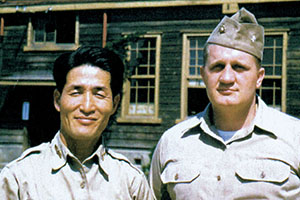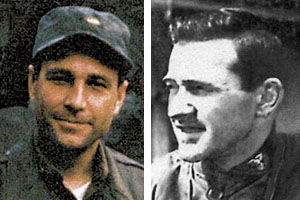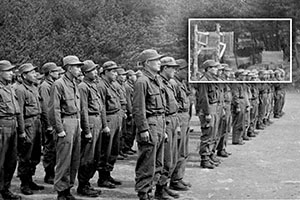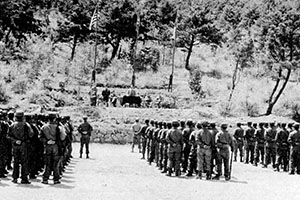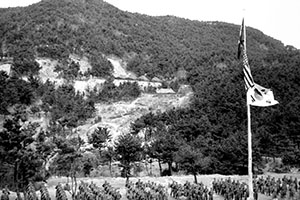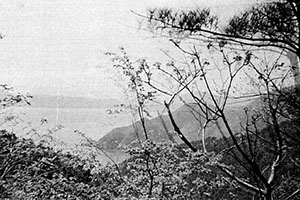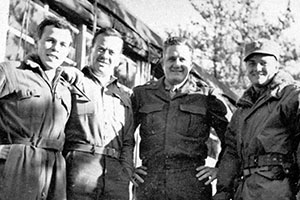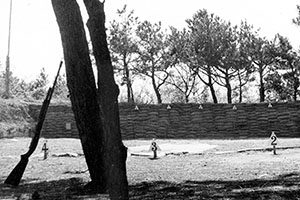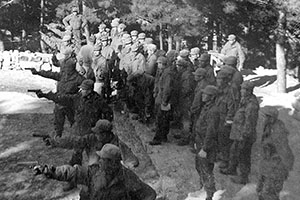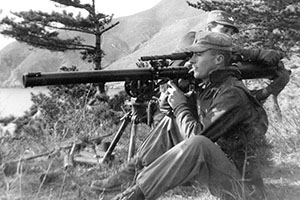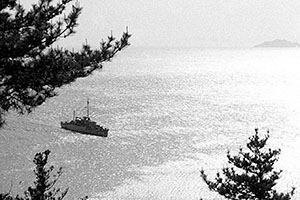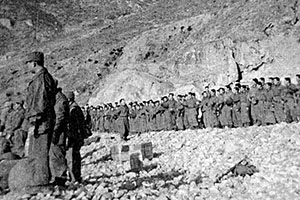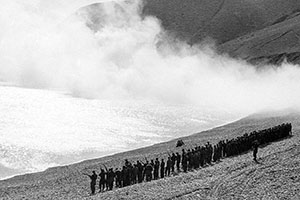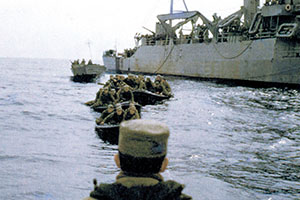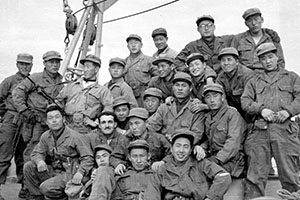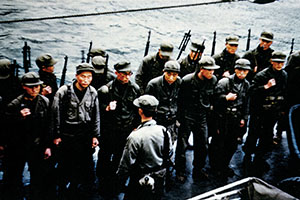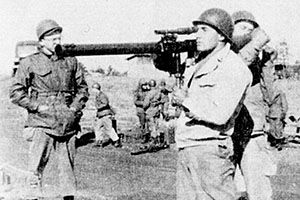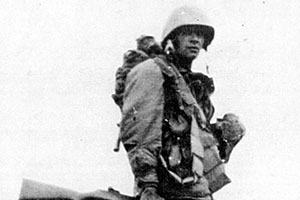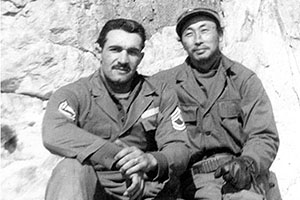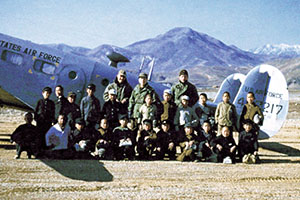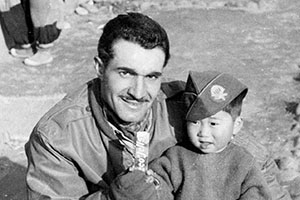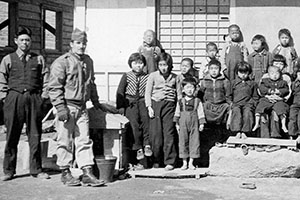DOWNLOAD
This photo collection of retired First Sergeant (1SG) James Carlo ‘Joe’ Pagnella (deceased) was furnished by James M. Pagnella, one of his twin sons (the other is James Christopher). Quotes in the captions come from a 28 February 1995 Pagnella letter to John B. ‘Barry’ Dwyer, the author of Commandos From The Sea: The History of Amphibious Special Warfare in World War II and The Korean War (Boulder, CO: Paladin Press, 1998). These old pictures provide ‘identity’ to the CIA and JACK paramilitary advisors and reality to the Yong-do training areas used by the SMG (Special Mission Group) raiders and the U.S. Navy support, as well as humanity displayed by the American fighting man worldwide. Many thanks to the Pagnellas for sharing the family treasure.

